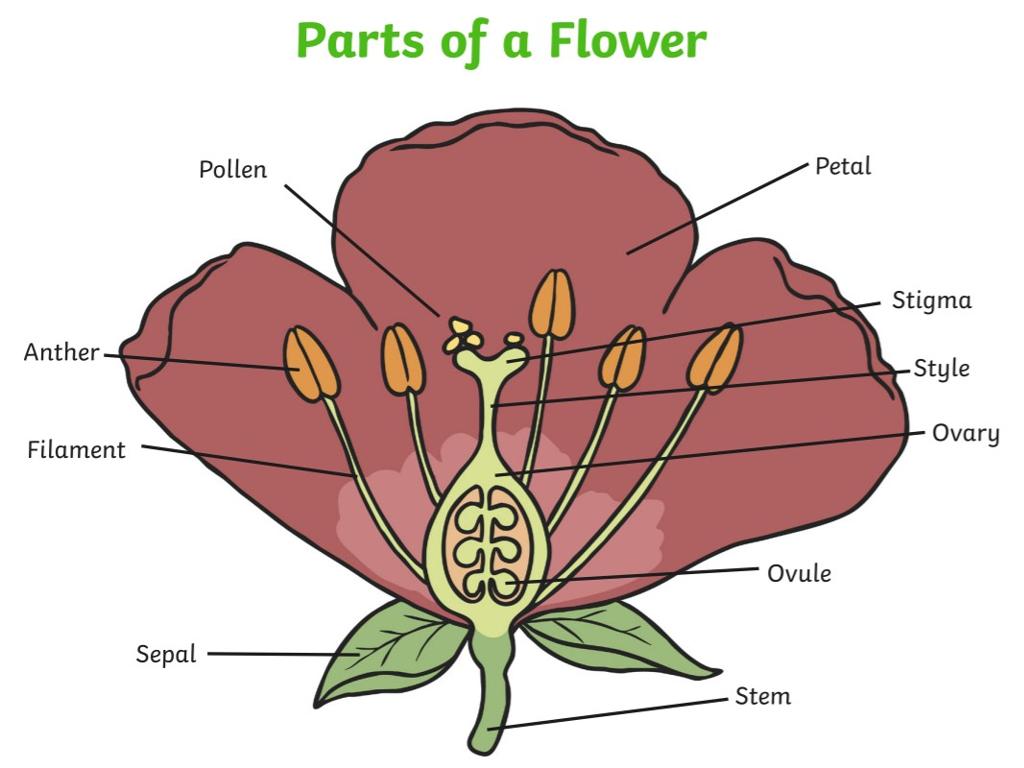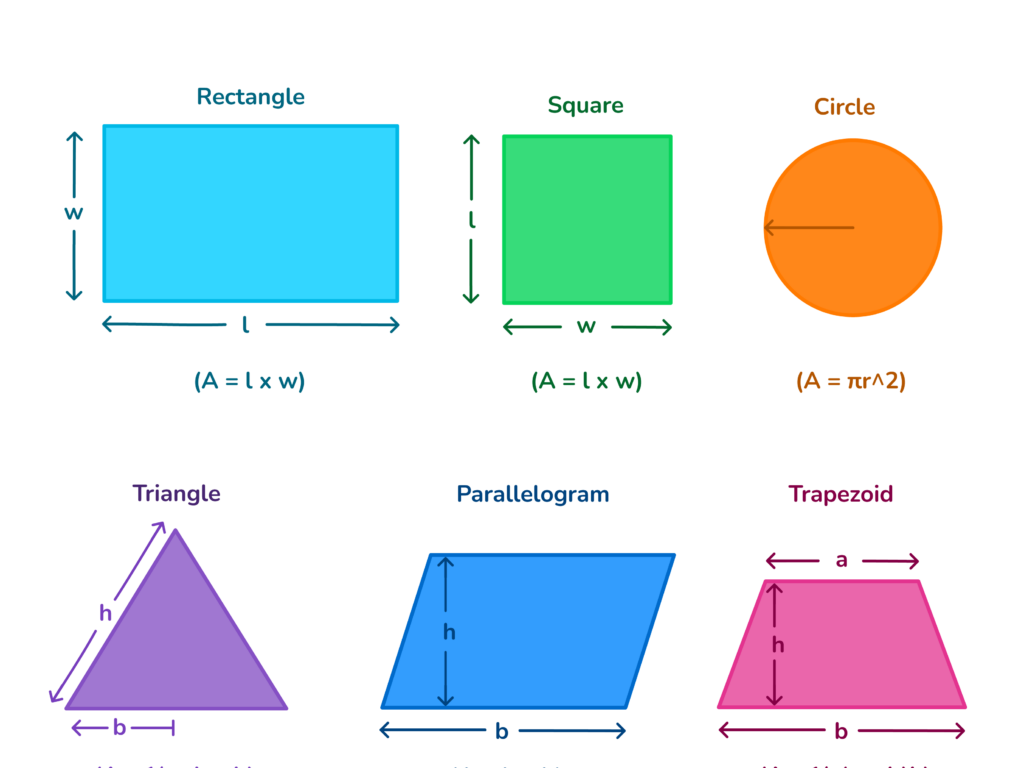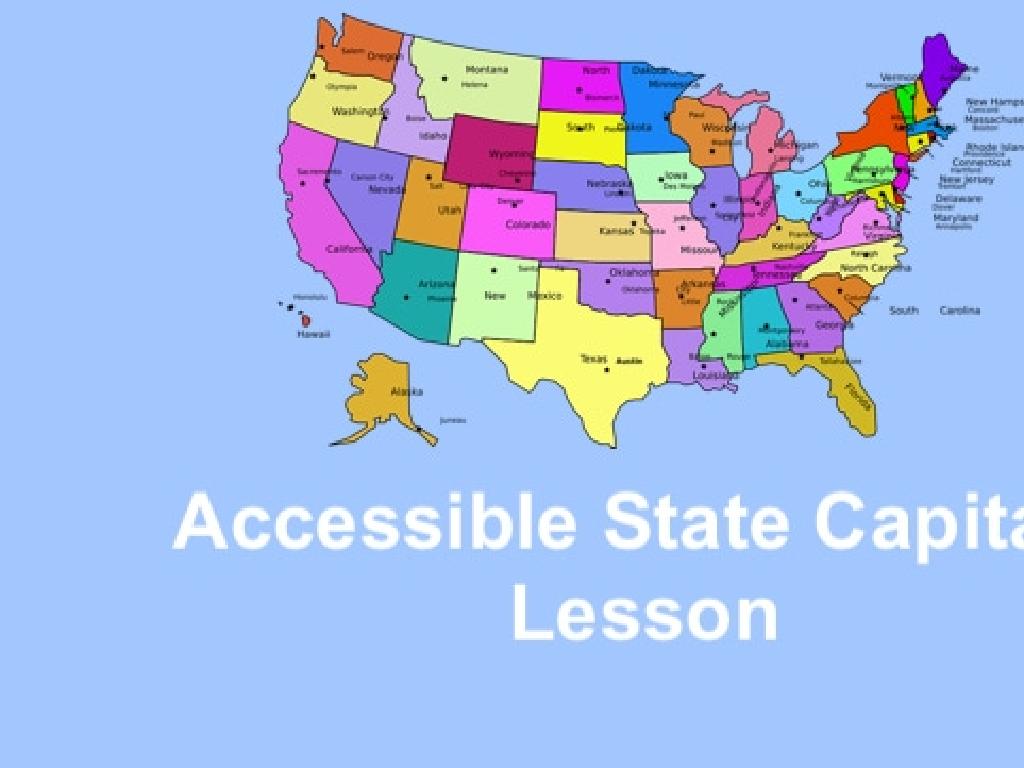Contractions With "Not"
Subject: Language arts
Grade: Sixth grade
Topic: Contractions
Please LOG IN to download the presentation. Access is available to registered users only.
View More Content
Understanding Contractions with ‘Not’
– What is a contraction?
– A contraction combines two words into one, using an apostrophe.
– Examples of ‘not’ contractions
– can’t (cannot), isn’t (is not), didn’t (did not)
– Purpose of using contractions
– Contractions make speaking & writing more natural and efficient.
– Practice forming contractions
|
This slide introduces the concept of contractions in English, focusing on those that include the word ‘not.’ Begin by defining a contraction and explaining its structure, highlighting the use of the apostrophe. Provide examples of common contractions with ‘not’ to illustrate the concept. Discuss why contractions are used in everyday language, emphasizing their role in making communication more fluent and similar to natural speech. Conclude with an activity where students create contractions from given phrases, reinforcing their understanding of the concept. This exercise will prepare them for identifying and using contractions in their writing and daily conversations.
Understanding ‘Not’ in Contractions
– ‘Not’: A word of negation
– ‘Not’ is used to make a statement negative.
– Sentences using ‘not’
– ‘I will not go’ vs ‘I will go’.
– ‘Not’ alters sentence meaning
– ‘Not’ changes a positive statement to negative.
– Contractions with ‘not’
– ‘Can’t’, ‘don’t’, ‘won’t’ are contractions with ‘not’.
|
This slide introduces the concept of negation in English using the word ‘not’. It’s crucial for students to understand how ‘not’ can change the meaning of a sentence from affirmative to negative. Provide examples of sentences with and without ‘not’ to illustrate the change in meaning. Discuss contractions such as ‘can’t’ (cannot), ‘don’t’ (do not), and ‘won’t’ (will not), and how they simplify sentences while retaining the negative meaning. Encourage students to come up with their own examples of sentences using ‘not’ and to practice forming contractions.
Creating Contractions with ‘Not’
– Forming contractions with ‘not’
– Replace ‘o’ in ‘not’ with ‘ ‘
Use an apostrophe (‘) to take the place of the ‘o’
– Example: ‘do not’ to ‘don’t’
‘do not’ is often contracted to ‘don’t’ in conversation
– Example: ‘is not’ to ‘isn’t’
‘is not’ is commonly shortened to ‘isn’t’ in informal writing
|
This slide introduces the concept of forming contractions with the word ‘not’. Students will learn the basic rule of contraction, which involves replacing the letter ‘o’ in ‘not’ with an apostrophe. Provide clear examples such as ‘do not’ becoming ‘don’t’ and ‘is not’ becoming ‘isn’t’. Emphasize the use of contractions in informal writing and speaking, and encourage students to think of other examples. Have them practice by writing sentences using contractions and then expanding them to see the difference. This will help them understand how contractions are formed and used in everyday language.
Common Contractions with ‘Not’
– Understanding ‘not’ contractions
– Contractions make ‘not’ shorter, e.g., cannot to can’t
– Examples: can’t, won’t, shouldn’t
– can’t = cannot, won’t = will not, shouldn’t = should not
– Pronunciation practice
– Repeat after me to master the sounds
– Usage in sentences
– Let’s use them in our daily conversations
|
This slide introduces students to common contractions that include the word ‘not.’ Begin by explaining that contractions are a way to shorten words to make sentences easier to say and write. Provide examples of contractions with ‘not,’ such as can’t, won’t, and shouldn’t, and clarify their full forms. Engage the class in pronunciation exercises to ensure they are comfortable saying these contractions. Finally, encourage students to use these contractions in sentences, which will help them understand how these words fit into everyday language. This practice will also prepare them for the next class, where they will be expected to use these contractions in their writing.
Mastering Contractions with ‘Not’
– Why use contractions in sentences
– They make sentences shorter and simpler to speak.
– Compare sentences: with & without
– ‘I cannot go’ vs. ‘I can’t go’ – Notice the difference?
– Creating sentences with contractions
– Let’s practice by writing our own examples.
|
This slide aims to teach students the utility of contractions in making sentences more concise and conversational. Start by explaining that contractions are a way to shorten words to make sentences easier to say and write. Show examples of sentences with and without contractions to highlight the difference in length and flow. Encourage students to create their own sentences using contractions with ‘not’, such as ‘isn’t’, ‘aren’t’, ‘won’t’, etc. This activity will help them understand how contractions fit into everyday language and improve their writing skills. Provide guidance on the appropriate use of contractions in formal and informal contexts.
Contractions in Literature and Writing
– Authors’ use of contractions
– Contractions make dialogue natural, e.g., can’t, won’t, didn’t
– Spotting contractions in texts
– Look for ‘n’t’ in words to find contractions
– Crafting paragraphs with contractions
– Write a story using haven’t, isn’t, shouldn’t, etc.
– The role of ‘not’ in contractions
– ‘Not’ shortens phrases: do not to don’t, has not to hasn’t
|
This slide aims to teach students how contractions are used in literature to create a more conversational and realistic tone, particularly in dialogue. Students should learn to identify contractions within texts, understanding that they make writing less formal and more accessible. Encourage students to write a short paragraph using contractions with ‘not’, such as ‘can’t’, ‘won’t’, and ‘shouldn’t’, to practice creating a casual tone in their own writing. Emphasize the importance of the contraction ‘not’ for negation and how it simplifies phrases, making them shorter and easier to read and write. This exercise will help students become more comfortable with using contractions in their everyday writing and recognize them in literature.
Class Activity: Contraction Surgery
– Perform ‘surgery’ to create contractions
– Gather scissors, glue, and word strips
– Replace ‘o’ in ‘not’ with an apostrophe
– For example, ‘do not’ becomes ‘don’t’ with the ‘o’ cut out
– Compile a list of your contractions
– Share your list with the class and compare
|
This engaging activity helps students understand the concept of contractions by physically manipulating words to create them. Provide students with strips of paper printed with words that can be contracted with ‘not’. They will use scissors to cut out the ‘o’ from ‘not’ and glue an apostrophe in its place to ‘heal’ the cut, creating a contraction. For example, ‘can not’ becomes ‘can’t’. After the activity, students should have a list of contractions they’ve created. Encourage creativity and ensure they understand the grammatical correctness of each contraction. Possible variations for different students could include using different sets of words, creating sentences with their contractions, or illustrating their contractions to reinforce the concept.
Quiz Time: Mastering ‘Not’ Contractions
– Test your knowledge with a quiz
– Fill in the blanks correctly
– Use contractions with ‘not’
– Examples: isn’t, haven’t, didn’t
– Share answers with the class
|
This slide is designed to engage students in a quick assessment of their understanding of contractions with ‘not’. Provide students with sentences that have missing contractions and ask them to fill in the blanks. For example, ‘She is ___ going to the party’ can be filled with ‘isn’t’. After completing the quiz, encourage students to share their answers aloud to foster a collaborative learning environment. This activity will help reinforce their knowledge and allow you to gauge their comprehension. Possible variations of the activity could include peer review of answers, writing sentences on the board, or creating a worksheet with different levels of difficulty.
Wrapping Up: Contractions with ‘Not’
– Recap: Contractions with ‘not’
– Reviewed how to form contractions like can’t, won’t, etc.
– Why contractions matter
– Contractions make speech & writing natural
– Homework: A story with contractions
– Write a creative story using 10 contractions
– Share your stories next class
– Be prepared to present your story
|
As we conclude today’s lesson, remind students of the key points about forming contractions with ‘not’, such as ‘isn’t’, ‘haven’t’, and ‘won’t’. Emphasize the importance of contractions in making language more conversational and efficient, which is especially useful in informal writing and speech. For homework, students should write a short story incorporating at least 10 different contractions with ‘not’. This will help them practice and become more comfortable using these contractions. In the next class, students will have the opportunity to share their stories, which will reinforce their understanding and allow for peer learning. Encourage creativity and remind them to proofread their work for correct usage of contractions.






